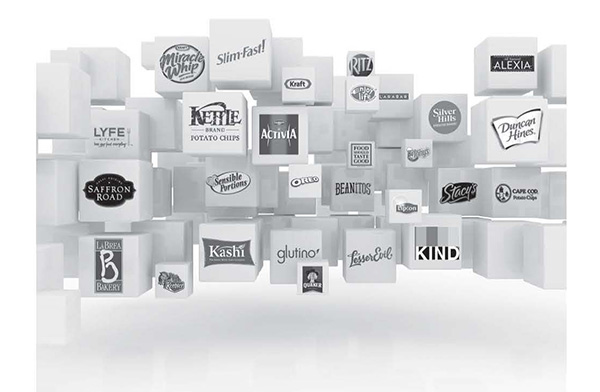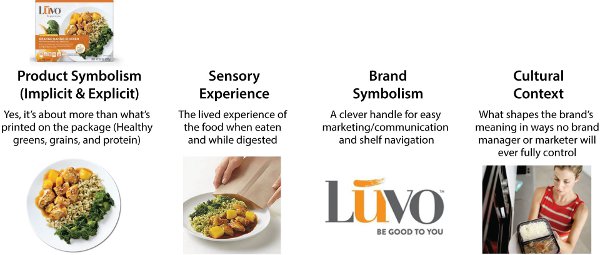How Young Brands Build Consumer Trust
 The power of a brand alone to drive trial or growth is exaggerated by branding and advertising experts, whose billings are weighted toward the needs of late-stage, legacy brands that already enjoy high awareness. The reality, we know from consumer research and the marketing science literature, is quite the opposite. The persuasive role of brand and brand symbolism varies greatly over the life cycle of a food business, depending especially on how the broader food culture interacts with it.
The power of a brand alone to drive trial or growth is exaggerated by branding and advertising experts, whose billings are weighted toward the needs of late-stage, legacy brands that already enjoy high awareness. The reality, we know from consumer research and the marketing science literature, is quite the opposite. The persuasive role of brand and brand symbolism varies greatly over the life cycle of a food business, depending especially on how the broader food culture interacts with it.
How consumer trust works differently early on
In the early years of branded food products, the primary role of brand was to cue uniformity, consistency and perhaps labor-saving convenience in packaged alternatives to bulk products. In this context, “brands” helped enhance consumer trust in a familiar food/ingredient category by offering a more reliable way of procuring it. The early heavy users of packaged foods were often the relatively well-off portion of U.S. society, as they were capable of paying for enhanced trust in quality through the relatively new notion of branded food. For most in the late 19th and early 20th centuries, the idea of branding food was aspirationally positive. It was hip, modern and fun.
Today, brand is a taken-for-granted component of everyday food culture, and the vast majority of market share in the average category is controlled by big, established brands. However, the most significant, disruptive growth is occurring among younger, emerging brands, most of which flow from channels and retail banners that cater to the upmarket end of the population. These products have very low brand awareness in the general population.
So, how do these emerging food brands develop consumer trust, in the absence of any apparent brand recognition or meaningful resources to promote themselves aggressively? The short answer: quickly, but not through marketing a brand.
Early in the product life cycle, trust is built mostly on having a truly differentiated product. Once a product is distinguished from existing products, the brand becomes the herald of this trust-inducing differentiation (either nationally or in a local distribution context).
DEMAND COMPONENTS OF FOOD PRODUCTS
Source: The Curious Role of Brand in the Food Product Life Cycle, 2013, Hartman Strategy
Our consumer research consistently demonstrates that “brand” is way down the list of attributes most shoppers focus on when evaluating a new food or beverage product. And shoppers in upmarket, leading-edge channels, such as Whole Foods, are 65 percent less likely to focus on brand when evaluating a new product at the shelf than shoppers at conventional channels. Early on, marketing the product news is far more important than marketing the brand. As we will see, brand becomes crucial at a later stage.

To read the full report, use this link to download your free copy of The Curious Role of Brand in the Food Product Life Cycle, in which we upend the notion that brand defines a product in consumers’ eyes across its entire life cycle.
Hartbeat EXEC is a quarterly report from Hartman Strategy written for executives at major U.S. food and beverage companies. Free copies of Hartbeat EXEC can be downloaded from Hartman Strategy’s website.
Hartman Strategy works with the largest and most respected food and beverage companies to identify, create and seize growth opportunities that align with America's constantly evolving food culture. Its consultants partner with senior executives to develop long-term growth strategies that enable clients to capitalize on current and emerging market demand. Our core capabilities include corporate innovation strategy, analysis of market trends in U.S. food culture and investment guidance on early-stage food and beverage companies.
Questions or comments? Contact Blaine Becker, senior director of marketing, 425.452.0818, ext. 124 and blaine@hartman-group.com.

